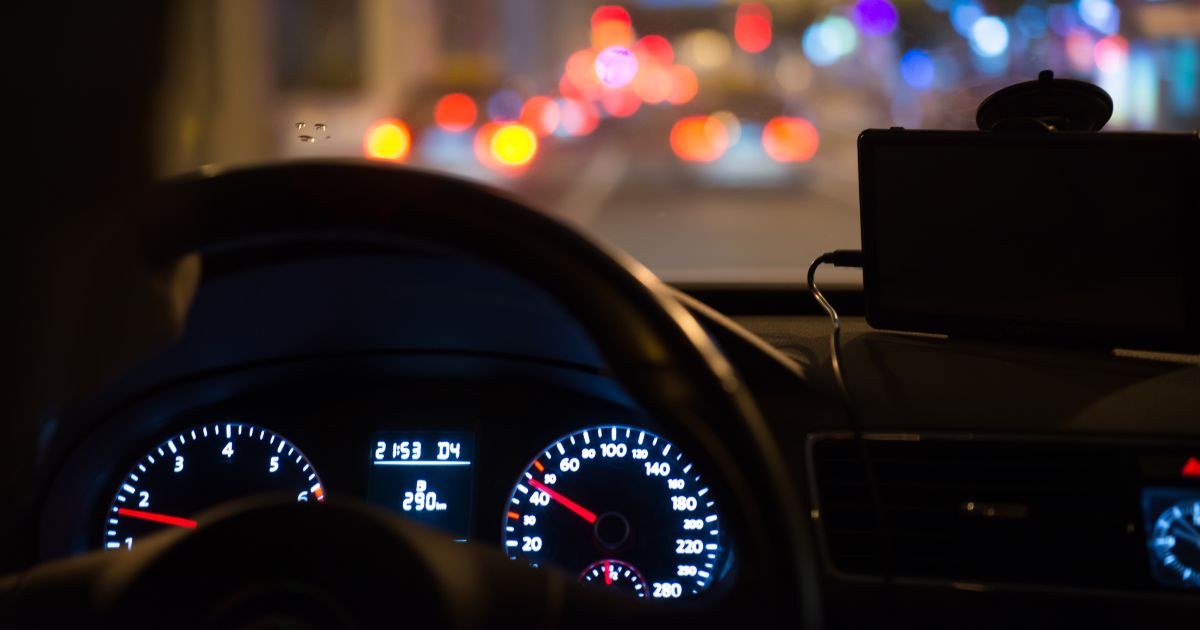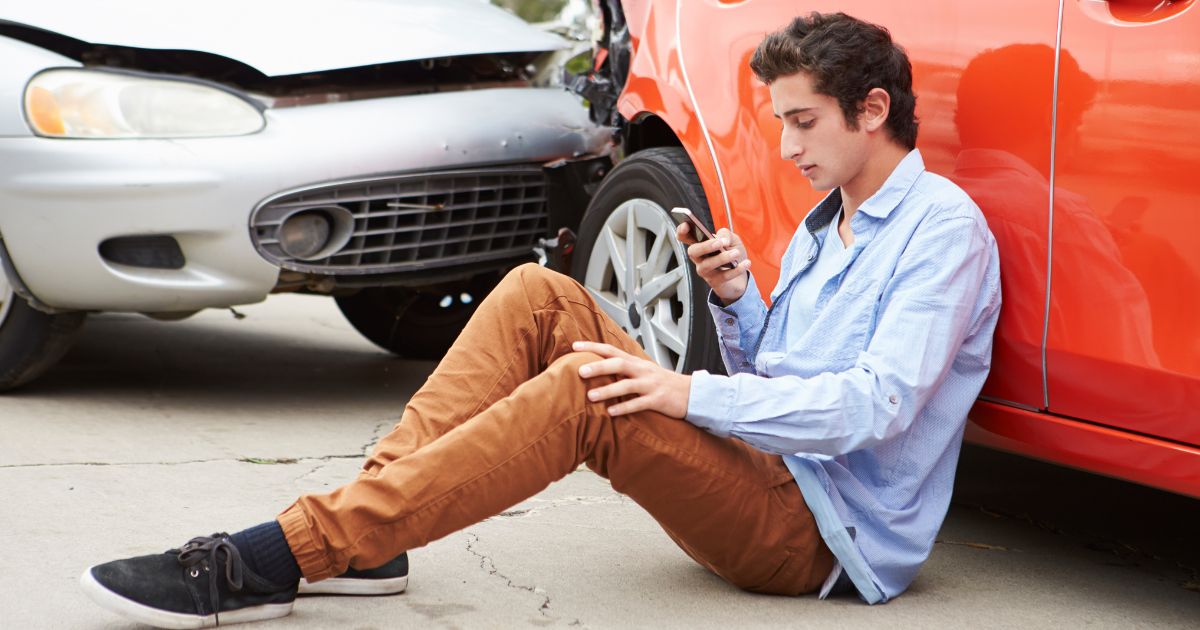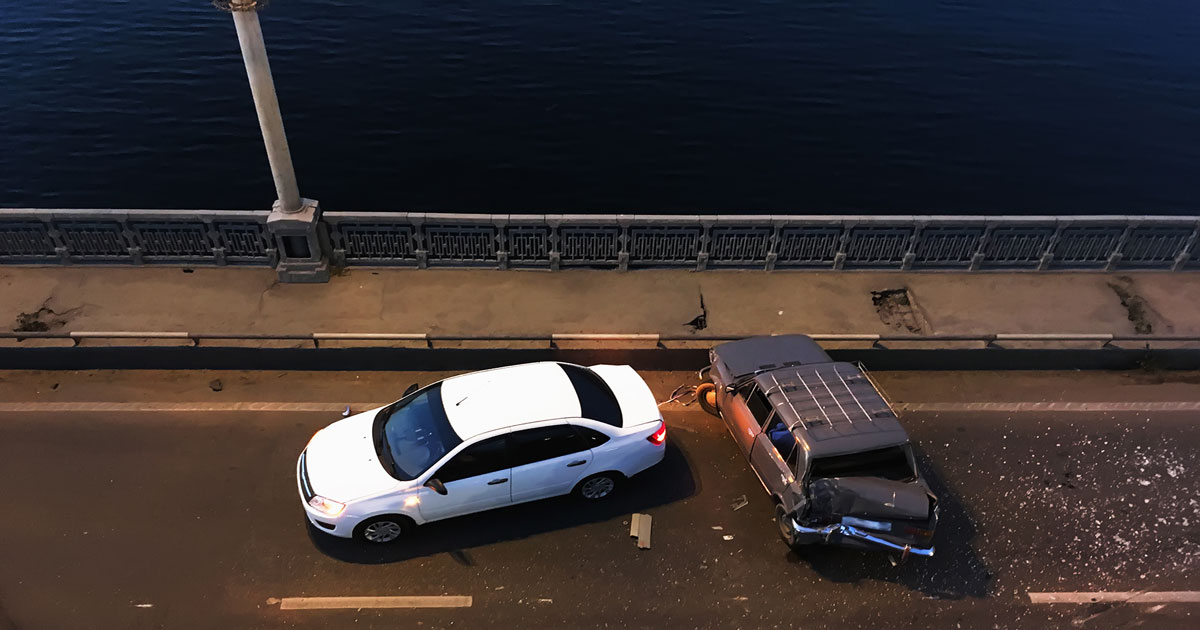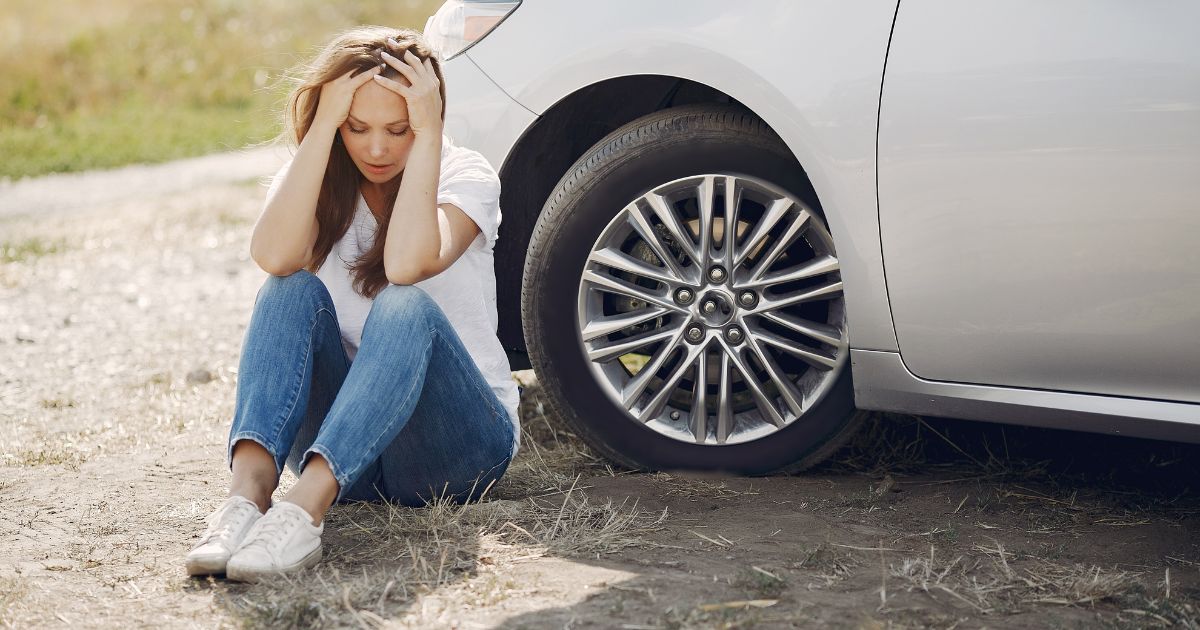Driving at night presents challenges that differ significantly from daytime travel. Although traffic is often lighter in the evening, other factors create certain hazards that affect even the most experienced drivers. Even when they remain attentive and cautious, nighttime driving and the risk of accidents are a worrisome combination.
Why Do Nighttime Accidents Happen So Often?
Accidents at night occur more often because limited light reduces a driver’s ability to detect hazards. Headlights only illuminate a portion of the road, and peripheral vision diminishes in darkness. These conditions make it harder to judge distances, identify obstacles, and respond quickly. When drivers are also fatigued or distracted, the risk of collisions rises.
How Does Fatigue Impact Nighttime Drivers?
Fatigue slows reaction time and reduces concentration; both are critical for safe driving. Many drivers are already tired from the day, and drowsiness can impair judgment similarly to alcohol. Fatigued drivers are more likely to drift between lanes, brake late, or fall asleep at the wheel.
What Role Does Impaired Driving Play After Dark?
Impaired driving is a leading factor in nighttime crashes. Alcohol consumption and drug use are more common during evening and late-night hours, resulting in more impaired drivers on the road. Impairment diminishes coordination, reaction speed, and decision-making.
How Does Speed Affect Nighttime Accidents?
Excessive speed is particularly dangerous at night because drivers may misjudge how far their headlights reach; faster travel means less time to respond to unexpected hazards. Even moderate miscalculations in stopping distance can result in rear-end collisions, running off the road, or losing control of the vehicle. Higher speeds also amplify the severity of injuries in a crash.
How Does Weather Increase Nighttime Driving Risks?
Rain, fog, or snow can worsen visibility and traction after dark. Wet surfaces reflect light, creating glare that can obscure hazards. Besides that, fog reduces distance perception, and icy roads make it harder to control a vehicle. These factors make nighttime driving especially treacherous.
Why Is Depth Perception Reduced at Night?
Depth perception relies on visual cues that are limited in darkness. It becomes more difficult to judge distances accurately, particularly when oncoming headlights or poorly lit roads are present. Misjudging distances can lead to unsafe lane changes, following too closely, or collisions with stationary objects.
How Can Headlight Glare Contribute to Accidents?
Glare from oncoming headlights or high beams can temporarily impair another driver’s vision. This brief loss of sight increases the chance of veering from a lane or failing to notice hazards. Older drivers may take longer to recover from glare, and repeated exposure can create stress and reduce confidence, leading to errors behind the wheel.
What Can Drivers Do to Reduce Nighttime Risks?
Drivers can reduce nighttime risks by staying alert, driving at appropriate speeds, and maintaining clean, properly adjusted headlights. Taking rest breaks during long trips helps prevent fatigue. Avoiding alcohol, staying focused, and following defensive driving practices, such as maintaining a safe following distance and anticipating hazards, also lowers the chance of collisions after dark.
Protect Your Rights With a Brooklyn Car Accident Lawyer at Rubenstein & Rynecki
If you were injured in a motor vehicle crash, contact a Brooklyn car accident lawyer at Rubenstein & Rynecki. Call 718-522-1020 or complete our online form today for a free consultation. Located in Brooklyn, we serve clients throughout the surrounding areas.






